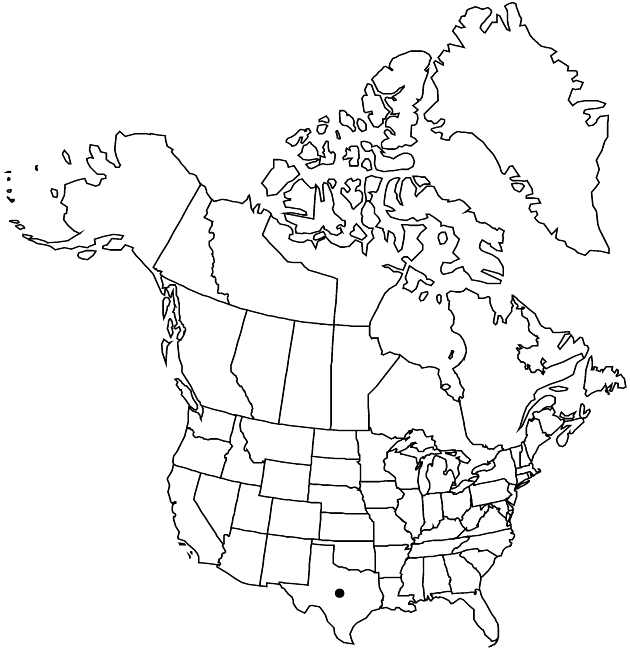Difference between revisions of "Laënnecia filaginoides"
in A. P. de Candolle and A. L. P. P. de Candolle, Prodr. 5: 376. 1836.
FNA>Volume Importer |
FNA>Volume Importer |
||
| Line 49: | Line 49: | ||
|publication year=1836 | |publication year=1836 | ||
|special status= | |special status= | ||
| − | |source xml=https://jpend@bitbucket.org/aafc-mbb/fna-data-curation.git/src/ | + | |source xml=https://jpend@bitbucket.org/aafc-mbb/fna-data-curation.git/src/f50eec43f223ca0e34566be0b046453a0960e173/coarse_grained_fna_xml/V19-20-21/V20_38.xml |
|tribe=Asteraceae tribe Astereae | |tribe=Asteraceae tribe Astereae | ||
|genus=Laënnecia | |genus=Laënnecia | ||
Revision as of 20:27, 16 December 2019
Annuals, 10–30+ cm. Leaf blades: bases obscurely, if at all, clasping, faces densely to loosely tomentose (at least abaxially, sometimes glandular beneath tomentum); proximal narrowly obovate or oblanceolate to linear, 10–30 × 1–5 mm, often obscurely pinnately lobed or toothed; distal similar, smaller, entire or distally toothed. Heads in ± racemiform arrays (on main and lateral stems). Involucres 3.5–4.5 mm. Receptacles 1.5–2.5 mm diam. Pistillate florets 20–40+; corollas: lengths ± 1/2 styles, laminae 0. Disc florets 3–10. Cypselae purplish, 1.3–1.5 mm, densely sericeous (hairs 0.3–0.5 mm), sometimes glandular near apices; pappi of 30–40+ white bristles in 2 series, outer ± persistent, 0.8–1 mm, inner persistent or ± fragile, 2–3 mm. 2n = 18.
Phenology: Flowering late summer–fall.
Habitat: Disturbed sites, openings in pine and oak forests
Elevation: 1800–2300 m
Discussion
Selected References
None.
